1) Ancient Hindu/Sikh civilization in Afghanistan is on the verge of extinction
Once home to a thriving and ancient population of Hindus (and later Sikhs) dating back to the Indus Valley Civilization more than 3,000 years ago, Afghanistan is now 99.7% Muslim. The historic community of Hindus and Sikhs is on the verge of extinction due to the targeted persecution of non-Muslims in Afghanistan.
Hindus and Sikhs have always been closely linked due to their similarities, friendliness towards each other, and shared religious spaces — so much so that they are often seen as one community in Afghanistan.
Some of the earliest converts to Sikhism settled in Afghanistan 500 years ago, with an increased migration of them to the region during Partition of the Indian subcontinent, as many feared religious persecution in the newly created Pakistan.
Afghanistan is home to holy places for both religions.
Gurdwara Chisma Sahib in Jalalabad is sacred for Sikhs, as they believe Guru Nanak, the founder of Sikhism, visited the region in the 15th century. The historic Asamai temple in Kabul is located on a hill named after the Hindu Goddess of hope, Asha. The temple has survived numerous conflicts and attacks but it still stands. The temple is a remainder from Hindu Shahi Kings, who ruled from the Kabul Valley as far back as 850 CE. There are many Asamai temples around the world now including London, Frankfurt, Faridabad, and Amsterdam, all named after this famous Kabul temple.
2) Unrest in Afghanistan and increased Islamization
Many Hindus and Sikhs migrated to Europe and India during the Soviet-Afghan war (1979–89). Supported by the US Central Intelligence Agency, the Pakistan-backed Mujahideen (Islamic guerrilla fighters) in Afghanistan won the war and took control of the region.
The Taliban was then formed in the early 1990s by the Afghan mujahideen who came into power with the help of Pakistan and the US. This period of time under the Taliban rule marked the darkest times for Hindus and Sikhs in Afghanistan who were constantly harassed, persecuted, killed for showing the slightest display of their faiths, and had their properties forcefully taken. Kidnappings and murders of Hindus and Sikhs were rampant. The Taliban even forced Hindus and Sikhs to wear yellow armbands for identification, reminiscent of the yellow Star of David that Jews were forced to wear in Nazi Germany. Much of this harassment and persecution still continues in Afghanistan.
3) Hindu and Sikh populations have been rapidly shrinking
There are reports of a population of 700,000 Hindus and Sikhs in Afghanistan in the 1970s. During the 1980s, estimates show a sharp decline to about 200,000-300,000. An investigation by TOLO news reported “nearly 99% of Hindus, Sikhs left Afghanistan in the last three decades,” revealing that “Sikh and Hindu population dropped to 15,000 when the mujahideen was in power during the war in 1990s and remained at that level during the Taliban regime. It is now estimated that only 1350 Hindus and Sikhs remain in the country.”
What once used to be a flourishing land, a potpourri of languages, cultures, religions, and ethnicities have all been destroyed in the wake of the Taliban and civil unrest in Afghanistan. Instead of thriving on its diversity, Afghanistan has effectively suppressed and diminished all of its non-Muslim groups, forcefully making what used to be a land of co-religionists, co-linguists, and co-ethnics nonexistent or dwindling minorities.
Reports also show that there are 2-4 Gurudwaras left in Afghanistan and a single Hindu temple. The religious sites have always been seen as a safe place for Hindus and Sikhs in Afghanistan. But with the widespread persecution, the temples and gurudwaras have turned from just religious complexes to living quarters in the past few years as the Hindus and Sikhs fear going out into the public.
With these sacred places under attack, Afghan Hindus and Sikhs fear for their lives every second. In 2018, a suicide bomber in Jalalabad targeted a crowd of Afghan Hindus and Sikhs who were arriving to meet President Ashraf Ghani. The attack killed 19 people and wounded 10 others, including Sikh and Hindu community leaders. In March 2020, a six-hour long siege of a Sikh temple in Kabul killed 25 people and injured 8 others. These attacks gained global attention and became the breaking point for Hindus and Sikhs after decades of persecution, leading many more to leave the country.
4) Living in fear: persecution and discrimination against Hindus and Sikhs
Afghanistan has established Islam as the official religion, undermining other religions and its own attempt to create a democratic system.
Laws in Afghanistan discriminate against non-Muslims. Hanafi Sunni jurisprudence is still used by some judges even in cases dealing with religious minorities. Non-Muslims face an inherent disadvantage in dealing with Islamic law, since they do not subscribe to it or live by it in their daily lives. When courts pass judgement in adherence to Islamic law, it is unfair and biased against non-Muslims, leading to further discrimination. This would be similar to the discrimination minorities in America would face if they were forced to live their lives by Christian laws exclusively based in the Bible.
Almost all politicians in the country are Muslims, with only one seat reserved for Hindus and Sikhs, combined. Politicians in Afghanistan often show up to support Hindus and Sikhs after attacks have occurred in an attempt to show support for secularism. However, discrimination and violence against Hindus and Sikhs still persists and the systemic bias has not been addressed.
Attacks in Afghanistan, often backed by Pakistan’s Inter-Services Intelligence (ISI), are frequently done in revenge for perceived anti-Muslim activities in India.
Afghan Hindus and Sikhs live in fear and must disguise their own identity in public to be safe from these attacks. For example, Sikh men don’t wear their traditional turbans in public and Sikh women wear burqas to appear Muslim. Facing harassment at schools, Afghan Hindu and Sikh children simply don’t attend.
Cremating the dead is a core principle in Hinduism and Sikhism, whereas within Islam cremation is prohibited. Due to this theological difference, many attacks by the Taliban occur during Hindu and Sikh cremation ceremonies. To resolve this issue, the Afghanistan government has allocated land specifically for cremation grounds, far from urban areas and with police protection. Even this has not been enough to halt attacks targeting cremations.
5) International actions and current status
Due to a focus on other issues in Afghanistan, such as terrorism, food and water shortage, and poverty, the persecution of religious minorities in the country is not as widely known even though it has been a human rights crisis for decades.
Ignorance of this issue poses a dangerous threat to these persecuted groups trying to seek asylum abroad.
Western countries have not yet fully recognized the dangers Afghan Sikhs and Hindus face.
Samir Narang was deported from Germany in 2016, four years after settling in the country. Despite large protests and requests from organizations, Germany failed to recognize him as a refugee who fled Afghanistan due to persecution. Now he lives in a Sikh temple in Kabul with few basic amenities, fearing for his life daily. The negligence of wealthy nations to acknowledge the threats Afghan Hindus and Sikhs face is troubling.
The UK does not recognize Afghan Hindus and Sikhs as refugees. After persistence by Sikh leaders and organizations in Canada, Afghan Sikhs and Hindus have recently been allowed to seek asylum if they have private sponsorship. In the United States, 20 Senators have adopted HAF’s recommendations and sent a bipartisan letter to Mike Pompeo, in June of 2020, asking for the US to give refugee status to Afghan Hindus and Sikhs, while a House Resolution has similarly urged the Administration to provide them with refugee status. Although it is good news that some actions have finally been taken to acknowledge and work towards protecting Afghan Hindus and Sikhs from persecution, it is not enough. It has taken much too long to get to this stage and the efforts must only get bigger and be implemented faster to protect the remaining Hindus and Sikhs in Afghanistan who face deadly threats daily.
Fortunately, India has provided these groups with fast track citizenship, most recently through the Citizenship Amendment Act and through the prioritizing of Afghan Sikhs and Hindus long-term visas to enter India and expediting their citizenship process.
The first wave of refugees, 11 Afghan Hindus and Sikhs, just arrived in New Delhi on July 26, 2020, allowing them to preserve their lives and their culture. At least 180-190 (some sources put the number higher) Afghan Hindus and Sikhs have arrived in New Delhi since July 26, 2020, allowing them to preserve their lives and their culture.
Additional Resources
- House resolution supporting refugee protections for persecuted Hindus, Sikhs from Afghanistan welcomed by HAF
- HAF applauds Modi government for welcoming persecuted religious minorities from Afghanistan
- 20 Senators heed HAF’s call to protect persecuted Hindus and Sikhs in Afghanistan
- Hindus and Sikhs in Afghanistan marked for death: What the United States can & should do
- Human Rights Reports
- Hindus in South Asia & The Diaspora: A Survey of Human Rights, 2017








































